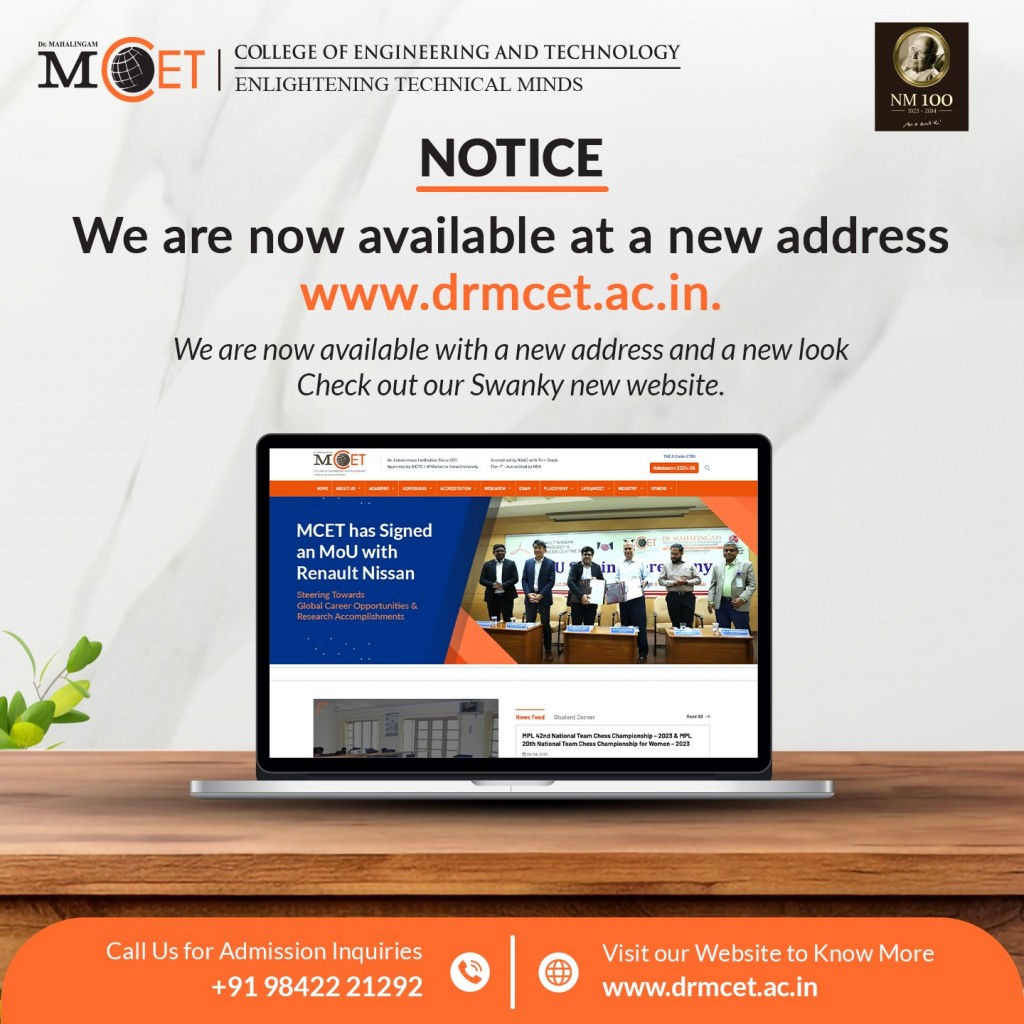|
Criteria No.
|
Description
|
Data Template
|
Write-up
|
Proof document
|
Geo-tagged Photo
|
Weblink
|
Additional
Information
|
|
Criteria 3 Research, Innovations and Extension
|
|
3.1: Promotion of Research and Facilities
|
|
3.1.1:
(QlM)
|
The institution's Research facilities are frequently
updated and there is a well-defined
policy for promotion of research which
is uploaded on the institutional website and implemented
|
NA
|
View
|
View
|
NA
|
View
|
View
|
|
3.1.2:
(QnM)
|
The institution provides seed money to its teachers
for research (average per year, INR in Lakhs)
|
View
|
NA
|
View
|
NA
|
View
|
View
|
|
3.1.3:
(QnM)
|
Percentage of
teachers awarded national / international fellowship for advanced
studies/research during the last five years
|
View
|
NA
|
View
|
NA
|
NA
|
NA
|
|
3.2:
Resource Mobilization for Research
|
|
3.2.1:
(QnM)
|
Grants received from Government and non-governmental
agencies for research projects, endowments, Chairs in the institution during
the last five years (INR in Lakhs)
|
View
|
NA
|
View
|
NA
|
NA
|
View
|
|
3.2.2:
(QnM)
|
Percentage of teachers having research projects
during the last five years
|
NA
|
NA
|
View
|
NA
|
View
|
View
|
|
3.2.3:
(QnM)
|
Percentage of teachers recognised as research guides
|
NA
|
NA
|
View
|
NA
|
View
|
View
|
|
3.2.4:
(QnM)
|
Average percentage of departments having Research
projects funded by government and non-government agencies during the last
five years
|
View
|
NA
|
View
|
NA
|
View
|
View
|
|
3.3:
Innovation Ecosystem
|
|
3.3.1:
(QlM)
|
Institution
has created an eco-system for innovations, creation and transfer of knowledge supported by dedicated centers for research, entrepreneurship,
community orientation, Incubation etc.,
|
NA
|
View
|
NA
|
NA
|
View
|
View
|
|
3.3.2:
(QnM)
|
Number
of workshops/seminars conducted on Research methodology, Intellectual
Property Rights (IPR), entrepreneurship, skill development during the last
five years
|
View
|
NA
|
View
|
NA
|
NA
|
View
|
|
3.4:
Research Publications and Awards
|
|
3.4.1:
(QnM)
|
The Institution ensures implementation of its stated
Code of Ethics for research through the following: 1. Inclusion of research ethics in the research
methodology course work 2. Presence of Ethics
committee 3. Plagiarism check through software 4. Research Advisory
Committee
|
NA
|
NA
|
View
|
NA
|
NA
|
NA
|
|
3.4.2:
(QnM)
|
Number of Ph.D’s
registered per teacher (as per the data given
w.r.t recognized Ph.D guides/
supervisors provided at 3.2.3 metric) during the last five years
|
View
|
NA
|
NA
|
NA
|
View
|
NA
|
|
3.4.3:
(QnM)
|
Number of research papers per teachers in the
Journals notified on UGC website during the last five years
|
View
|
NA
|
NA
|
NA
|
NA
|
View
|
|
3.4.4:
(QnM)
|
Number
of books and chapters in edited volumes / books published per teacher during
the last five years
|
View
|
NA
|
NA
|
NA
|
NA
|
View
|
|
3.4.5:
(QnM)
|
Bibliometrics of the
publications during the last five years based on average citation index in
Scopus/ Web of Science or PubMed
|
NA
|
NA
|
View
|
NA
|
NA
|
NA
|
|
3.4.6:
(QnM)
|
Bibliometrics of the
publications during the last five years based on Scopus/ Web of Science -
h-index of the Institution
|
NA
|
NA
|
View
|
NA
|
NA
|
NA
|
|
3.5:
Consultancy https://mcet.in/wp-content/uploads/CRITERIA-III.pdf
|
|
3.5.1:
(QnM)
|
Revenue
generated from consultancy and corporate training during the last five years
(INR in Lakhs).
|
View
|
NA
|
View
|
NA
|
NA
|
View
|
|
3.5.2:
(QnM)
|
Total
amount spent on developing facilities, training teachers and staff for
undertaking consultancy during the last five years
|
View
|
NA
|
View
|
NA
|
View
|
View
|
|
3.6:
Extension Activities
|
|
3.6.1:
(QlM)
|
Extension
activities are carried out in the neighbourhood community, sensitising
students to social issues, for their holistic development, and impact thereof
during the last five years
|
NA
|
View
|
NA
|
NA
|
View
|
View
|
|
3.6.2:
(QnM)
|
Number
of awards and recognition received by the Institution, its teachers and
students for extension activities from Government / Government recognised
bodies during last five years
|
View
|
NA
|
View
|
NA
|
NA
|
View
|
|
3.6.3:
(QnM)
|
Number
of extension and outreach programs conducted by the institution through
NSS/NCC, Government and Government recognised bodies during the last five
years
|
View
|
NA
|
View
|
NA
|
NA
|
View
|
|
3.6.4:
(QnM)
|
Average
percentage of students participating in extension activities listed at 3.6.3
above during the last five years
|
View
|
NA
|
View
|
NA
|
NA
|
View
|
|
3.7:
Collaboration
|
|
3.7.1:
(QnM)
|
Number
of Collaborative activities per year for research / faculty exchange /
student exchange / internship / on–the-job training / project work
|
View
|
NA
|
View
|
NA
|
NA
|
View
|
|
3.7.2:
(QnM)
|
Number
of functional MoUs with institutions of national, international importance,
other institutions, industries, corporate houses
etc. during the last five years (only functional MoUs with on-going activities to be considered)
|
View
|
NA
|
View
|
NA
|
NA
|
View
|


